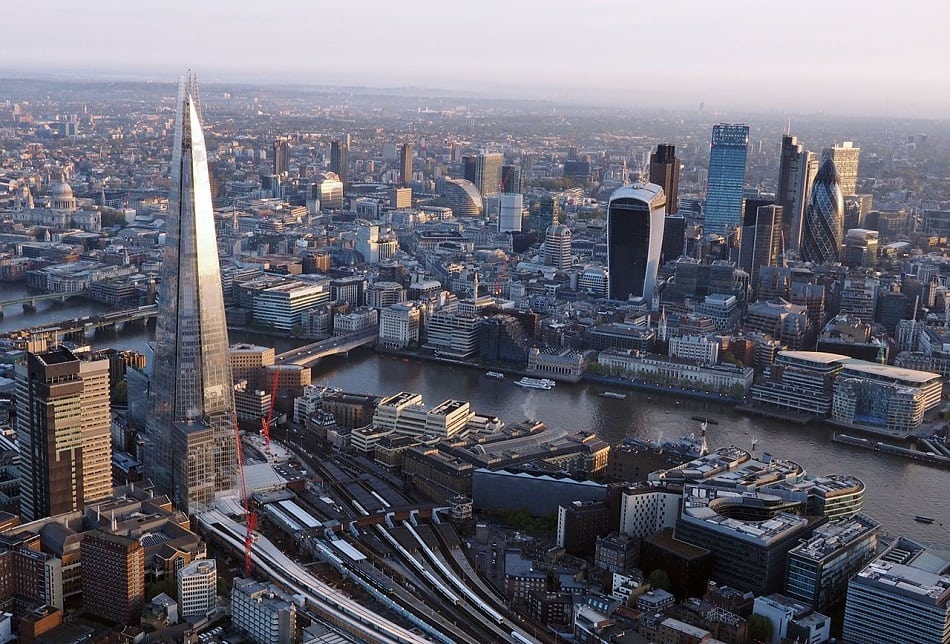
By Bea Patel, TLE Property Editor and Director of Shop for an Agent
According to the Aldermore First-Time Buyer Index, getting on the property ladder is ‘extremely difficult’, said nearly four in ten first-time buyers. The two biggest obstacles were raising a large deposit and increasing house prices.
We compare the original monopoly board, just over 80 years old with the new 2016 board created by Barratt London, which features the 22 cheapest boroughs in the capital for first-time buyers.
Interestingly, Old Kent Road and Whitechapel are the only two places on the original board to appear in today’s revised version. In 2016, they’re replaced by Barking and Bexley, the cheapest areas for first-time buyers to purchase a property.
Costing £60, Old Kent Road was once the cheapest spot on the board. To buy a property here today, it would cost you over half a million (£523,230). Barking and Dagenham, the only borough where house prices average below £300,000, has replaced it. The borough, in travel zones four and five is also home to East London’s largest single regeneration project, Barking Riverside delivering 10,800 new homes. Barking is the most affordable of the 22 cheapest boroughs in the capital for first-time buyers.
Old Kent Road in Southwark would now sit in the green group originally held by Oxford Street, Bond Street and Regent Street. The most expensive spaces on the board, properties here average at nearly £631,000.
Bexley, the second most affordable borough in the capital has replaced Whitechapel. In travel zone five, property prices here average at almost £351,000. For commuters, a Southeastern train ride will see you in Central London in 35 minutes – a reasonable commute from outside London.
Whitechapel, once the second cheapest place on the board would now occupy a spot in the yellow group, once home to Piccadilly, Leicester Square and Coventry Street. In the borough of Tower Hamlets, average house prices here are over £600,000 – and out of reach to many first-time buyers trying to get on the property ladder.
At the other end of the affordability scales, Mayfair is the most expensive place on the board. Costing £400 on the original board, properties here will now cost you over a whopping £3m (£3,092,166).
Also on the board are the blue clusters, once home to The Angel Islington, Euston Road and Pentonville Road. In 2016, the boroughs of Newham and Havering in East London and Croydon in South London now occupy these spaces. Average house prices here are between £318,000 and £430,000 and towards the cheaper scale of the boroughs on the board.
A train ride from East Croydon station in travel zone five would get you into London Bridge station in 22 minutes. Canning Town, in zones two and three in Newham would get you into London Bridge on the Jubilee line in just 12 minutes. New research also reveals it’s the most affordable property hotspot along the new 24-hour night tube route. On the fast TFL Rail, Romford in zone six in Havering would see you in London Liverpool street in 17 minutes. The south of this borough is also within the London Riverside regeneration area.
With the battle first-time buyers face to get onto the property ladder, the blue cluster on the board may be more affordable. It also has good transport links, which is ideal for commuters.
The price of properties across the new 2016 board range from £244,326 in Barking to £582,202 in Southwark. With the increasing popularity of London and the rising house prices, how could the board change in the next 80 years?
https://www.thelondoneconomic.com/property/top-10-coming-places-live-london/01/02/
https://www.thelondoneconomic.com/food-drink/top-10-pies-in-london/26/02/
https://www.thelondoneconomic.com/property/top-10-ways-savvy-renter-london/01/02/